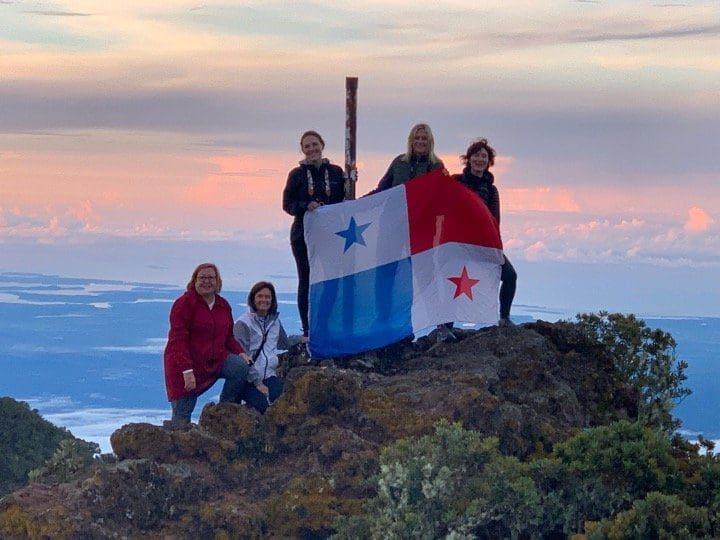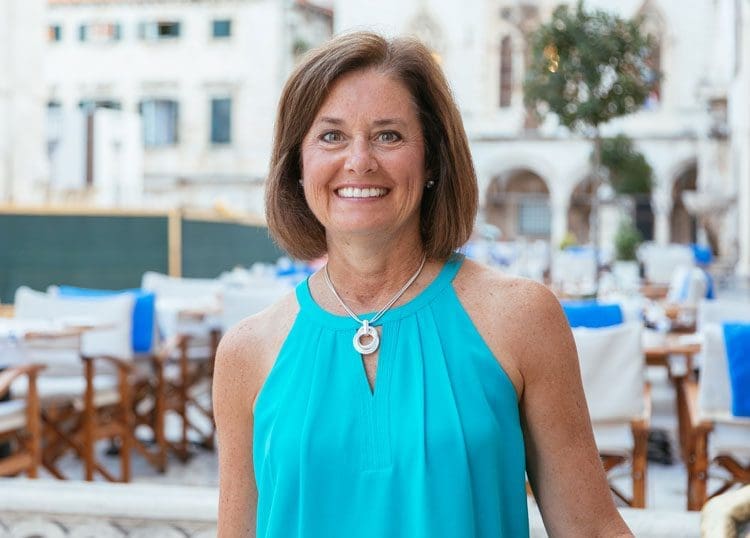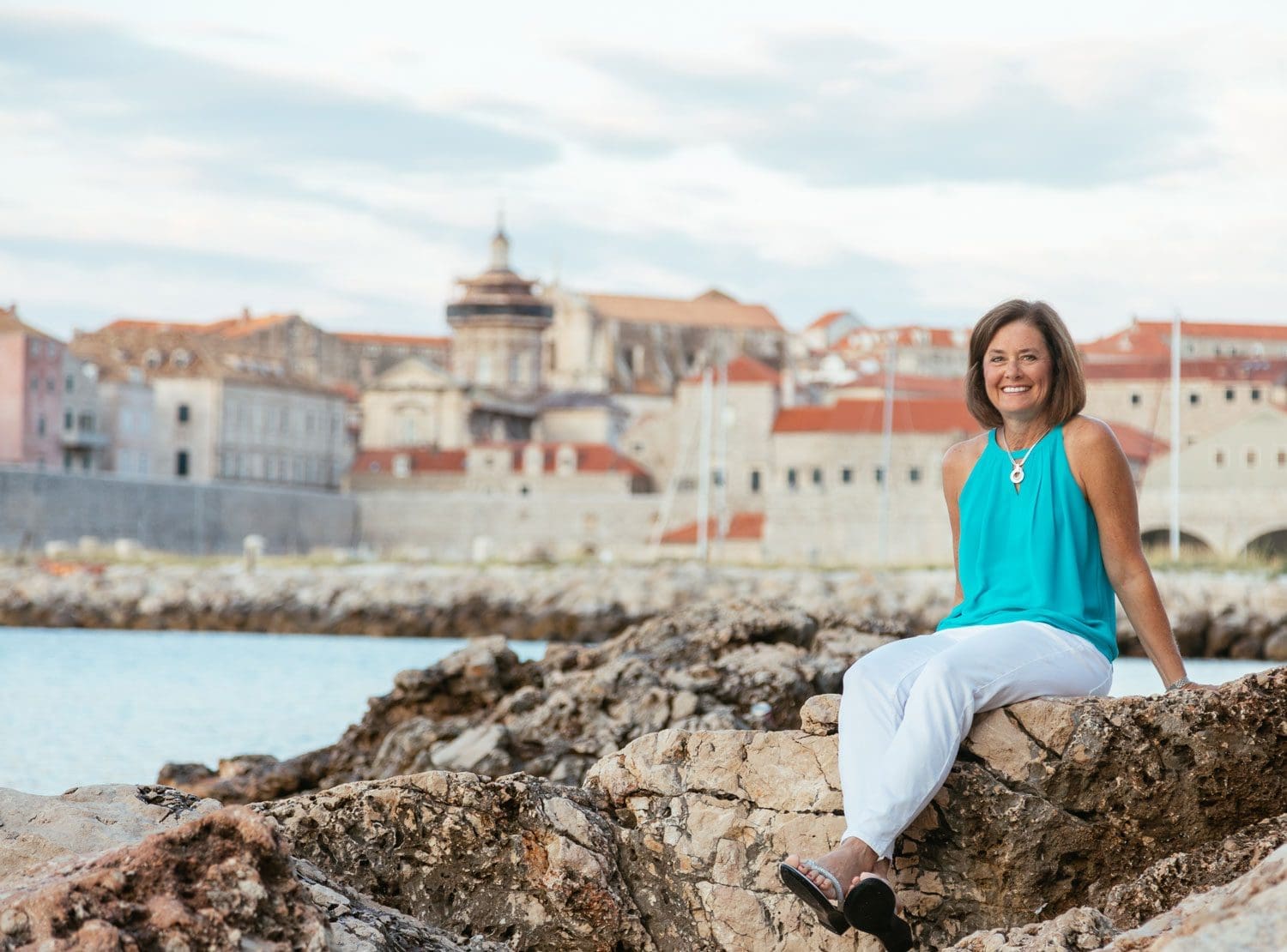
The summer is flying by, and I hope you are enjoying every minute of it. What are you doing to savor this time? We’ve enjoyed traveling to Michigan to celebrate my 2 nephews’ graduating from high school and my niece’s 10th birthday. We also enjoyed a fun-filled 4th of July weekend with our kids and their friends. And I went on a fabulous adventure to explore Morocco and shortly after Panama. The common denominator in all of this is TRAVEL…. either my husband and I went on a road trip or family came to us.
There are so many places to visit that I am in awe of the endless possibilities. One thing I know for certain is that traveling fosters a medium to build human connections with one another by learning about culture, food, new sites, music, and the way people live their day to day lives in different parts of the world. It’s the best on-site learning a person can get. And I have the bug to get out and explore a new destination whenever an opportunity arises.
My latest adventure was to Panama which is the southernmost country in Central America. Panama borders Costa Rica to the northwest, Colombia to the south-east, the Caribbean Sea to the north and the Pacific Ocean to the south. Panama is known as a transit country because of the Panama Canal which is the connection of land that links Central and South America.
While the country is known for its famous canal, its natural attractions include birding, whitewater rafting, and snorkeling. It’s a tropical destination that has a little bit of everything – stunning turquoise waters, white sandy beaches, lush rainforests, laid-back surf towns, misty mountains, and vibrant cafes.
There’s cultural diversity, cloud forests, and colonial charm. Panama’s biodiversity has been said to be three times higher than the United States, Canada and Europe combined.
“There’s a sunrise and sunset every single day, and they’re absolutely free. Don’t miss so many of them.”
Panama has a vibrant culture that’s an electrifying mix of cosmopolitan growth and indigenous traditions. From the historic old towns to the rural villages, it’s easy to get lost in the unique atmosphere that surrounds the region.
If you’re looking for a country that’s overflowing in natural beauty and influenced by centuries of ancient cultures, then look no further — it’s in Panama!
Here are my top 5 Experiences!
1. Catching the Sunrise on Volcán Barú
One of Panama’s most recognizable landmarks is Volcán Barú. At 11,400 feet, the active volcano is the tallest mountain in Panama. Barú Volcano National Park has several scenic (albeit rugged) hiking trails. The volcano, which has seven craters, is no longer active…thank goodness!
My alarm went off at 3:30am and I was ready to leave at 4:00am. We headed out for an exhilarating, off-road Jeep 4×4 tour of Barú Volcano. We trekked up and over volcanic rock, bouncing around the car until we reached the summit to catch the sunrise. The ride was quite the experience!
It was awe-inspiring when we reached the top. It was a beautiful clear morning, so we had picture perfect panoramic views of the Pacific Ocean and the Caribbean Sea. It was so peaceful at the summit. The sunrise was spectacular and the views in the distance were impressive!
After we hiked a bit further, we enjoyed freshly brewed coffee or hot chocolate with marshmallows, pastries, hot grilled cheese sandwiches, fruit and other snacks. It was a perfect way to end our trek to the summit of Volcán Barú.
2. Watching the ships pass through the Panama Canal
You can’t go to Panama and not see the Panama Canal, right?
On our first full day in Panama, we visited the Agua Clara locks and saw a ship make its way through the locks with the guidance of a few tugboats. It was fascinating.
But one of the best ways to see the canal is by helicopter 🚁, zooming through the skies, over the canal and in between the skyscrapers of Panama City. And without doors! That will really add to the adventure and thrill! It’s a “must do” exciting experience! 🚁
The Panama Canal was built by the U.S. Army Corps of Engineers between 1904 and 1914. It’s considered one of the seven modern World Wonders. It is also one of the most strategic artificial waterways of the world.
The Panama Canal is a 48-mile ship canal that connects the Atlantic Ocean to the Pacific Ocean, and it is thought that going through the canal saves about two weeks in journey time (and all the costs associated with this).
Ships sailing between the east and west coasts of the United States, which otherwise would need to travel around Cape Horn in South America, shorten their voyage by about 8,000 nautical miles by using the canals.
People pay for that privilege… a lot of money. The average toll is about $150,000. But since the new expansion has allowed larger and heavier ships to pass through, the tolls can be as high as $800,000 per trip. As a result, it’s estimated that the existence of the canal generates approximately 30% of the country’s GDP. That’s a lot of money coming into their country.
3. Visiting the Emberá Querá Village
One afternoon, we rode in a dugout canoe up the Gatun River, near the Panama Canal. The river is large, fascinating and dense jungle. After about a 20-minute ride, we arrived at the Emberá Querá Village. They welcomed us at their wooden pier playing their traditional music. The village chief gave us a brief explanation of the history of their tribe, their traditions, and beliefs.
We spent the afternoon enjoying a traditional lunch of fried tilapia and plantains. All their food is grown and caught locally. We also toured the village with the Shaman. He taught us about the many medicinal plants that are growing on the property. The ladies and children are quite talented and make beaded necklaces, bracelets, and outfits. They enjoy selling their handicrafts to the visitors. The Emberá tribe still lives in harmony with Mother Nature.
4. Visiting Casco Viejo
Historical cities have so much charm and character. We took a stroll through Casco Viejo (“Old Quarter”), the historic district of Panama City and the oldest city in the Americas. These days, the city’s red-bricked streets are lined with restaurants, cafes, and bars, though the Spanish-colonial style architecture makes Casco Viejo feel worlds apart from the glitzy skyscrapers of the newer parts of Panama City. There’s a coastal fortification walk, some churches, and cute little squares. It’s a popular place to stay and eat in.
As we were walking down the street, we came upon a lady in a traditional dress. She stopped long enough for us to take a closer look and to take a few pictures! The dress was very intricate and all handmade…piece by piece and stitch by stitch. It was stunning!
5. Boating in the Gulf of Chiriqui
We explored the virgin shores of Isla Palenque’s Island neighbors in the Gulf of Chiriqui National Park. We enjoyed a day of swimming, snorkeling, walking on the beaches and dining on some incredible food. The chef made seared tuna (freshly caught), avocado and mango salad, quinoa with feta cheese and hot lava brownies! It was so tasty!!
My journey through Panama was more than I expected. It’s a country bursting with unforgettable cultural experiences! From off-roading and seeing the sunrise in Barú Volcano National Park to watching the ships maneuver through the Panama Canal to boating in the Gulf of Chiriqui to walking through the red-bricked streets of Casco Viejo, there is so much to see and do in this incredible Central American country.
Now that the world is opening back up, where would you like to go? Is Panama on your “bucket list” now? If so, let’s plan this adventure together!







































